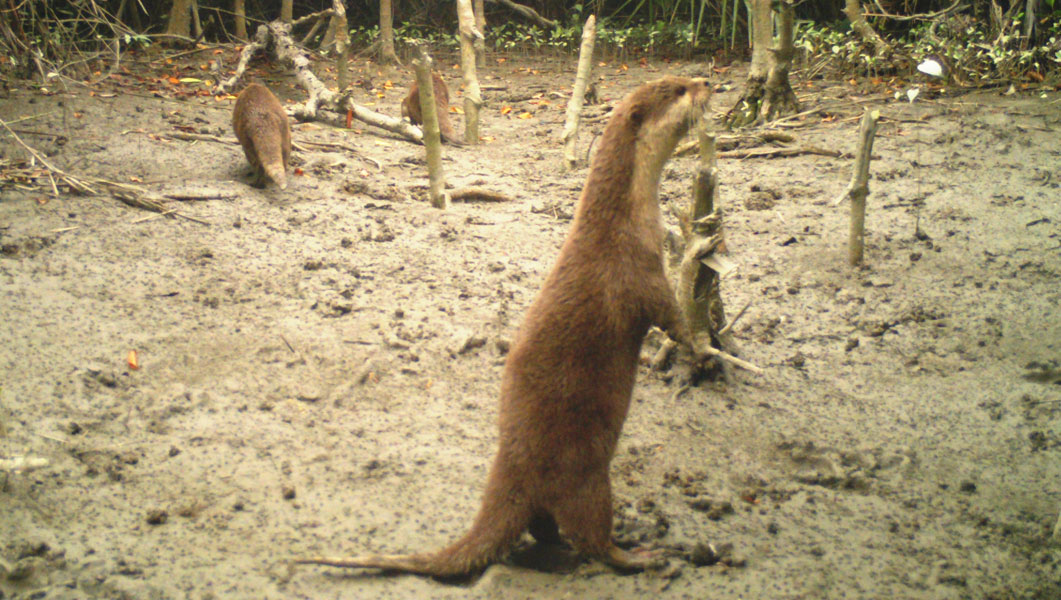

The state of West Bengal with its rivers, floodplains and deltaic mangroves, is an important stronghold of Otters in all of the range countries in South and South-East Asia. Justifiably, the Otters (Beng. Bhodor/ Udbiral) occupy a place of pride in West Bengal. They are important bioindicators for the health of many marshlands and wetlands in India as they act as the top predator in the landscape. These otters have evolved as a wetland specialist species and have some unique characteristics that allow them to survive in such conditions. The IUCN lists the Otters as a globally threatened (endangered, critically endangered and vulnerable) and Indian Wildlife (Protection) Act, 1972 lists these Scheduled-I mammals, both signifying the urgency to take up conservation of the species in India.
In this scenario, it becomes very important to protect the existing intact habitats so as to revive the population and to create awareness.Otters are one of the most important mammalian species found in this Ramsar Site. Population studies of a species is the first step in conservation of the species as it provides the baseline for management interventions.

